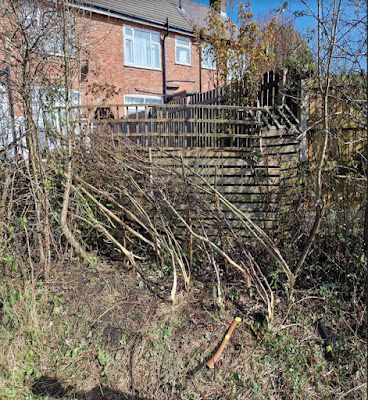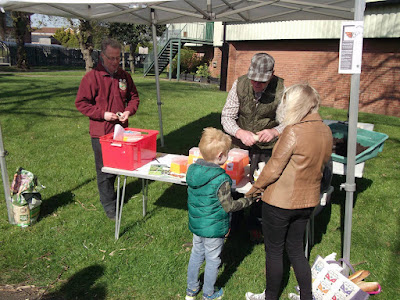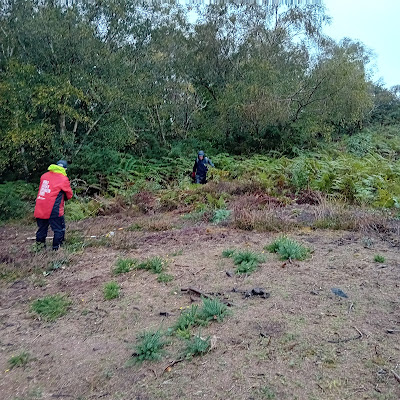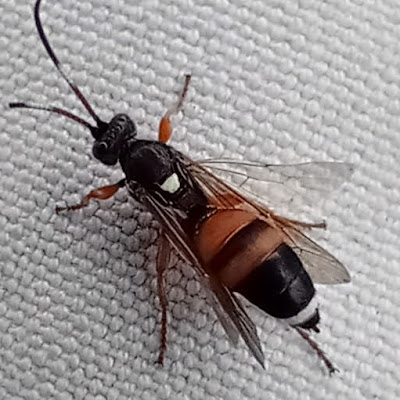
The speckled wood butterfly tile for the Butterfly Park's Jubilee Gates
The
Speckled Wood butterfly tile is dedicated to the late Mel Roberts, the founder
of the Park and the Park’s first secretary from 1993 until 2002. Mel, a neighbour of the park since 1975, had
the vision and confidence to get the Park going when its value as an urban
nature reserve was less obvious than it would be today. At the time it was a
site of antisocial behaviour and a problem to the community. In 1991 Mel produced a substantial booklet
entitled “A proposal for the re-development of the Old Alma Street Goods Yard
at Bebington and New Ferry Station.”
This was a 20-page booklet plus appendices, printed on card with
photographs physically pasted in with glue. This booklet showed determination and that Mel meant business.
.jpg)
The front cover of Mel Robert's booklet with the proposal to create New Ferry Butterfly Park
The
front cover of the booklet illustrated diagrammatically a railway line hitting
the buffers of light industry and a branch line continuing on unimpeded into a
nature reserve. Mel would be delighted
by how the Park has developed and how the Opening Day is a regular feature of
the New Ferry community calendar. Mel,
with the considerable help of the late Frank Cottrell, convinced Cheshire
Wildlife Trust to take the Park on board. With the help of the then local MP
and the support of many members of the community it came into being. Mel, along
with the first chair of New Ferry Butterfly Park, Gordon Reid, got the tool
container installed, which is a key factor in the Park’s management. Mel died in 2002 and an apple tree was
planted on the Park in his memory, near to his house and fed by his ashes, so
that Mel could be recycled back into the Park. Mel was known locally as the “New Ferry Caterpillock”, though few would know
that now.
 |
| Mel Roberts with Lyndon Harrison, now Lord Harrison, and Mel's grandaughter at the grand opening of the Butterfly Park to the public in July 1995 |
The Speckled Wood butterfly has chocolate brown coloured wings with yellow flecks. Its caterpillar eats tussock grasses in dappled shade. The Speckled Wood has two populations a year and is unique amongst British butterflies in that it over-winters in two forms, both as a caterpillar or chrysalis. As a result, it appears to be constantly breeding and on the wing from March to November, with only a small gap in June. It is therefore an `old faithful’, being consistently present on the Park in good numbers.
Paul Loughnane
New Ferry Butterfly Park Reserve Manager


































-images-1.jpg)
-images-2.jpg)









